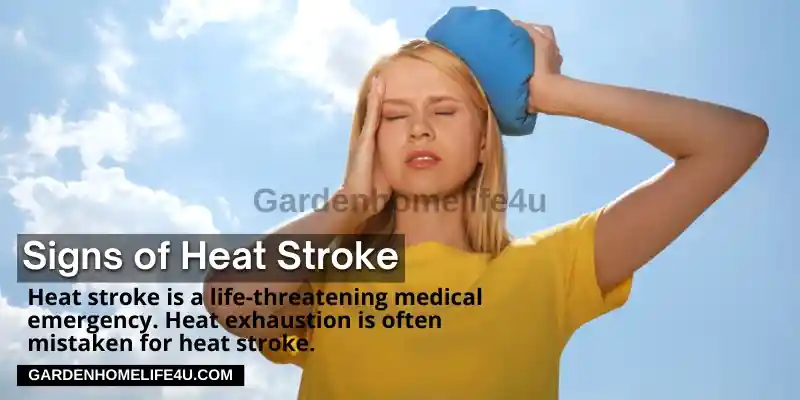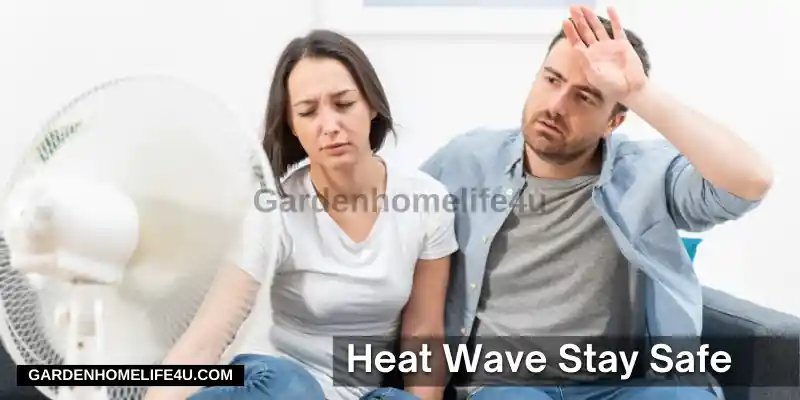As the scorching sun bears down upon us, it’s crucial to equip yourself with the knowledge and strategies necessary to navigate the challenges of extreme summer heat. In this comprehensive guide, we will explore practical tips, expert advice, and essential precautions to ensure your well-being and safety during the hottest months of the year. From understanding the risks associated with high temperatures to implementing effective cooling techniques, this guide will give you tips needed to conquer the heat and embrace the summer season with confidence.
Summer is the time to get outside, but it can also be dangerous. You need to take care of yourself when temperatures rise. This means staying hydrated, eating well, and avoiding strenuous activity or overexposure to the sun. While our bodies are built for hot weather, there are some signs that indicate you need medical attention right away.
Stay hydrated 
To stay hydrated, you should drink water, fruit juice, sports drinks, and milk. You can also drink tea and coffee or soda. Alcohol is also a great way to stay hydrated in the summer heat! Lemonade is an excellent choice for refreshment on hot days too!
Eat well 
To stay cool this summer, it’s a good idea to eat foods that are high in water content. Many fruits and vegetables, such as watermelon and cucumbers, are great sources of hydration. Other foods like soup will also help you stay hydrated for hours on end without feeling full or bloated.
In addition to eating foods high in water content, it is important that you drink plenty of water as well! The best way to determine how much you should drink each day is by using this formula: Take your weight (in pounds) and divide it by two—that number is how many liters of water per day your body needs! If that seems like too much math for you (or if using the metric system isn’t something you’re used to), then just aim for about half a gallon every day—about one liter per 50 pounds of weight. And remember: don’t wait until you’re thirsty before drinking something; dehydration occurs when our bodies have lost more fluid than we’ve consumed over time—so even if your mouth feels dry right now doesn’t mean there’s no longer any fluid left inside!
Look for shady areas
Avoiding direct sunlight is the most important thing. If you can’t avoid the sun completely, look for shady areas to cool off, like under trees or in a building. Even if it’s not hot enough for an umbrella and you’re just standing next to one of these shady places, it will still help keep your body temperature down.
The best time of day to be outside is early morning or late evening when temperatures are coolest and there’s no direct sunlight (logical). In general, you should try to avoid being outside between 10 AM and 4 PM (logical), because that’s when there isn’t any shade from buildings or trees. If possible, stay indoors between 10 AM and 4 PM during the summer months when it’s over 90 degrees Fahrenheit or 33 degrees Celcius outside.
You’ll want to limit your exposure as much as possible from June through August each year (common sense).
Block windows during peak sun times
Block the sun’s rays
During peak sun times, it’s important to block the sun from coming through your windows. You can do this by using curtains, blinds, and shades. For smaller windows or gaps in between larger ones, awnings can be an effective solution as well. And finally: window film!
Window film will reflect up to 99% of UV rays and heat back into the room where you need it most—your home! It comes in several different shades so you can choose one that matches the color scheme of your home or office best.
Avoid the heat of the day
There are several things you can do to avoid the heat of the day, which is when temperatures are at their highest.
- Stay indoors. The best way to avoid the summer heat is to stay out of it altogether by spending your time indoors and avoiding strenuous activity outdoors during peak hours (usually between 10 am and 4 pm). If you must be outside during this time, wear a hat and sunscreen!
- Wear light, loose-fitting clothing. Since lighter fabric allows for more air circulation around your body, wearing fabrics like cotton or linen helps keep you cool in hot weather. Keep in mind that darker colors absorb more heat from sunlight than lighter ones do; black clothes tend to get hotter than other colors because they absorb more thermal energy from its rays.
Dress for the weather 
- Wear loose-fitting, light-colored clothing. Light colors reflect the sun and keep you cool.
- Wear a hat that shades your face, ears, and neck.
- Wear sunglasses to protect against UV rays that can damage your eyesight over time. Sunglasses with UV protection are recommended if you have fair skin or have had previous eye problems (such as cataracts).
- Apply sunscreen liberally before going outside so that it is fully absorbed by the time you go out into the sun. Sunscreen should be reapplied after being in water or sweating heavily for at least 30 minutes; also use an SPF of 15 or higher on any exposed skin to prevent damaging burns from occurring during hot summer weather conditions.* Wear shoes that provide good support for your feet when walking around in hot weather conditions.* Wear gloves when working outside so that your hands don’t become too warm from holding tools or other objects for long periods of time.* Consider wearing a scarf around your neck to protect yourself from exposure to harmful ultraviolet radiation from the sun.* If possible choose an umbrella over a parasol when selecting items for shade
Know the signs of Heatstroke 
Heat stroke is a life-threatening medical emergency. Heat exhaustion is often mistaken for heat stroke, so it’s important to be able to tell the difference between the two and know how to treat each one.
- Heat stroke symptoms include:
- High body temperature (above 104°F)
- Red, hot and dry skin that may feel very hot or appear moist with sweat when touched or during CPR
- Rapid pulse
- Rapid breathing
- Nausea and vomiting
- Emergency treatment for heat stroke includes: Get emergency medical help right away if you think someone has heat stroke. If possible, move them out of direct sunlight into an air-conditioned room with cool water mist spray available nearby—or have ice packs ready in case you need more immediate treatment options at home when there aren’t any nearby facilities available—and call 911 as soon as possible so paramedics can help get them cooled down before their condition worsens further
Conclusion
The summer season is here, and we can all use some tips on how to stay safe in the heat. While it’s important to make sure that you’re taking care of yourself and your family during this time of year, there are also some key things you should keep an eye out for when it comes to your pets’ health. It may be hard to think about these things when it feels like you could melt from the sun’s rays, but doing so can help ensure that everyone stays cool (literally) throughout summertime!


